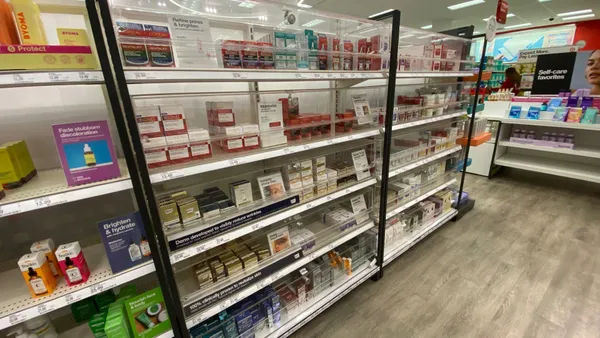Dive Brief:
-
About 20% of commercial e-mails worldwide fail to reach their intended targets’ inboxes, either getting diverted to spam folders or getting blocked altogether, according to the 2017 Deliverability Benchmark Report from ReturnPath.
-
The report found that globally, e-mail marketers succeed with inbox placement 80% of the time, meaning 20% of their emails never reach an inbox. That percentage is even lower in the U.S., which holds the single lowest rate of any country analyzed — at 77%. Nevertheless, that number represents a 4% improvement over last year.
-
Meanwhile, Canadian marketers achieved one of the highest inbox placement rates in this study, with an average of 90%. Australian marketers also managed 90%, while in the U.K., the figure was 84%.
Dive Insight:
ReturnPath's study also broke down the deliverability rate among several industries, with banking and finance achieving the highest mark at 94%. Although the retail industry was not measured as a whole, the study did measure segments of the broader retail sector. For example, apparel achieved an 85% deliverability rate over the last year, while computers and electronics came in at 86% and health and beauty managed 83%.
Deals and rewards e-mails were broken out as their own segment, and achieved an 86% rate. Compared to the 77% overall rate in the U.S., these seem like pretty good numbers for the last 12 months. That being said, in nearly every case these rates were down by a handful of percentage points compared to the year before.
There have been a lot of studies focused on how to improve the open rate for retail marketing e-mails, such as one from Experian last summer, but it's pointless to fuss over how to get a recipient to open an e-mail when they might not be receiving it at all. Though an 80% deliverability rate worldwide means that most commercial e-mails are getting to their intended targets, the 20% that are diverted or blocked may give retailers enough reason to worry that their e-mails are the ones not getting through.
ReturnPath, which studied 2 billion marketing e-mails sent to consumers between April and June this year, pointed out that even in an era of increasing chat usage, e-mail remains "the most popular and effective channel available to marketers." That means retail marketers need to get it right as often as they possibly can, which in turn requires that they keep up with algorithms and other methods that are often used to divert e-mails to the spam folder. Lastly, marketers need to take extra care with volume, ensuring that they're not sending so many e-mails that customers block them altogether.













